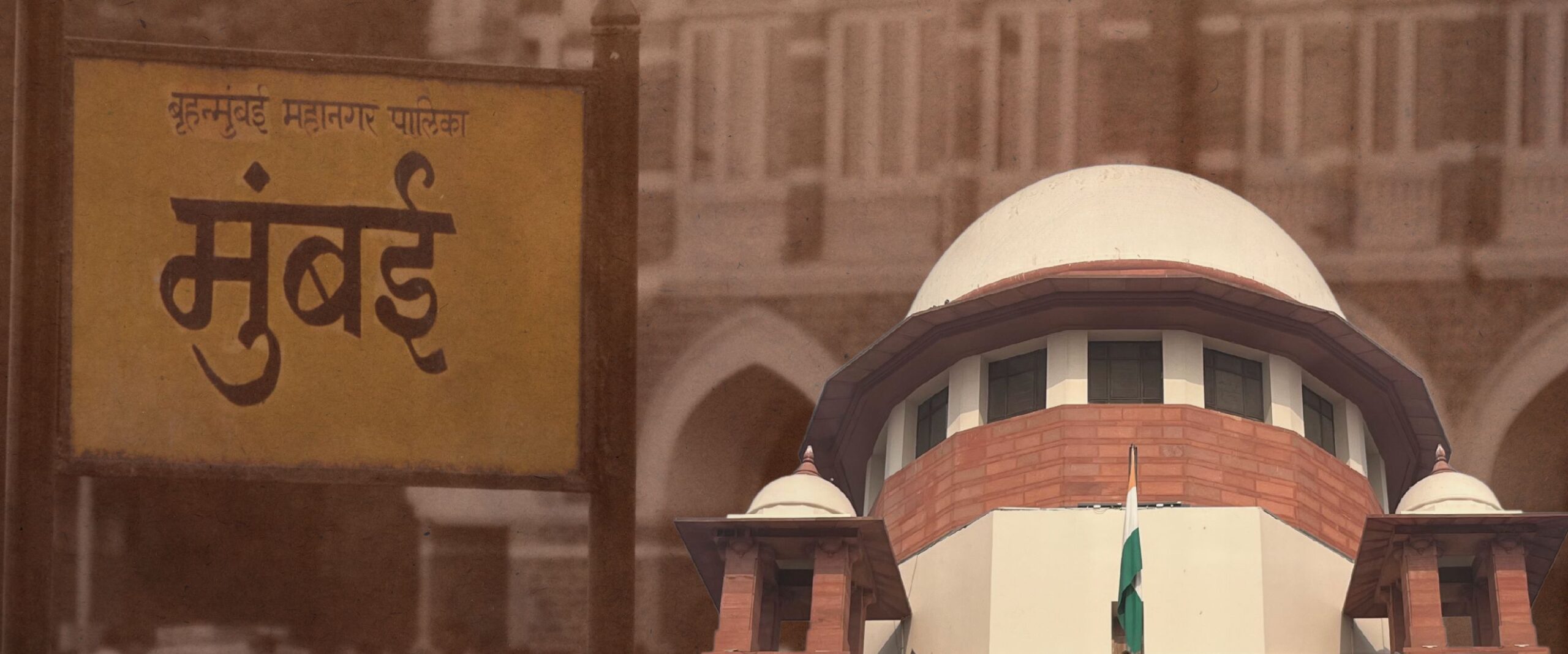Analysis
Supreme Court to decide whether private property is a “material resource of the community”
The other key question is whether a law advancing wealth redistribution DPSPs can be challenged on grounds of inconsistency with Part III

Tomorrow, a nine-judge bench of the Supreme Court will deliver a judgement in Property Owners Association v State of Maharashtra—one of the oldest pending cases before the Court. The bench led by Chief Justice D.Y. Chandrachud heard arguments in the case for five days in April and May this year.
What are the questions the Court will answer?
The decision is expected to answer two critical questions. First, does the phrase “material resources of the community” under Article 39(b) include privately owned property? Second, are laws designed to fulfil this provision’s goal of redistributing material resources to “subserve the common good” exempt from legal challenges based on fundamental rights violations?
The second question hinges on the constitutional position of Article 31C which was introduced through the 25th Constitutional Amendment in 1971. The first part of this Article declared that laws advancing the directive principles of state policy (DPSPs) in Articles 39(b) and (c) cannot be void on the grounds that they are inconsistent with Articles 14 and 19. The second part of the provision saved such laws from being challenged in court on the ground that they did not “give effect” to the two DPSPs.
What is the Article 31C conundrum?
In 1973, a 13-judge Constitution Bench in Kesavananda Bharati v State of Kerala spared the first part of Article 31C, while striking down the second part. But the saga didn’t end there. In 1976, Parliament passed the 42nd Amendment to expand the scope of Article 31C to encompass all DPSPs—in effect, no law that purported to advance a DPSP could be void on the ground that it was inconsistent with a fundamental right.
However, in 1980, a five-judge Constitution Bench in Minerva Mills v Union of India declared this amendment unconstitutional. And so, the question arose: Was Article 31C eradicated in its entirety, or did the original, narrower version survive?
Why is the Court grappling with Article 31C in this case?
The present case emerges from challenges to the 1986 amendments to the Maharashtra Housing and Area Development Act, 1976 (MHADA) which inserted Chapter VIII-A. This Chapter allowed the Mumbai Building Repair and Reconstruction Board (MBRRB) to acquire “cessed properties” for restoration purposes with the consent of 70 percent of the residents for redevelopment. As per Section 1A, which was introduced through the amendment, the Act aims to implement the principles enshrined in Article 39(b).
The Property Owners mounted an Article 14 challenge against Chapter VIII-A before the Bombay High Court and two earlier benches of the Supreme Court. They claimed that the amendment violated their right to equality as it applied only to residents in Mumbai and not other parts of Maharashtra. Before the High Court and smaller benches of the Supreme Court, they contended that privately owned property could not be a “material resource of the community.” Enter Article 31C.
What was argued in Court?
Counsel for the property owners argued that “material resources of the community” under Article 39(b) only covered public property, asserting that including private property under its ambit promoted a Marxist understanding of property rights.
The Union, on the other hand, relied on Justice Krishna Iyer’s dissenting opinion in Ranganatha Reddy v State of Karnataka (1977) to contend that private property could be a material resource if it is used by the State to “subserve the common good.” Counsel for the Union pointed out that Justice Iyer’s view had been relied on by Constitution Benches in Sanjeev Coke Manufacturing v Bharat Coking Coke (1982) and Mafatlal Industries v Union of India (1997).
On the existence of Article 31C, counsel for the property owners argued that after Minerva Mills, Article 31C ceased to exist in the Constitution. Parliament, they said, had expanded the Article in the 42nd Amendment. The effect of this was substitution—the older provision was replaced and became a dead letter. When the Court struck down the new amendment, the older one was not automatically revived. Only parliamentary action could reinstate the provision.
The Union and the Maharashtra government argued that the Court only struck down the expanded scope of Article 31C under the 42nd Amendment. They relied on the doctrine of revival to claim that once an amendment was struck down, its predecessor would automatically be revived.
What could be the impact?
If it is held that Article 31C is effaced from the Constitution entirely, then the property owners can challenge the 1986 amendment to the MHADA Act. The reason—the narrow version of Article 31C does not exist to protect it from challenges based on Articles 14 and 19 violations.
However, if the Court holds that the narrow version of Article 31C (as upheld in Kesavananda Bharati) continues to exist, then the Amendment to MHADA or any other law enacted to give effect to the wealth redistribution principles under Articles 39(b) and (c) is saved from an Article 14 and 19 challenge.
The Chief Justice admitted that the questions in this case have many “radical constitutional consequences.” It will be interesting to see on which side the Court lands.